0 Comments
 While in Europe, I decided to keep Snapchat to stay in contact with family and friends, deleting other social media outlets to concentrate my focus in the now. Snapchat is an app which allows users to send pictures to friends for a certain amount of time. It is used the most among the youth, giving them opportunities to send pictures to friends and share their experiences in life. I particularly like Snapchat because I get to send and receive pictures to my little siblings and close friends every day. However, Snapchat has evolved from an app used to only send personal messages, into an outlet for people to connect with other “snappers” around the world in the form of global stories. While this may seem really great – people get to see other people in other areas of the world – it may be dangerous if people only watch the stories, instead of reading educational articles, to get to know other cultures because they are only getting the viewpoint of the youth, which misrepresents the country or culture as a whole. Even potentially more dangerous, Snapchat has recently allowed companies to post daily stories on the Snapchat story feed, even if each user does not add the company and choose to follow it. With just a finger’s tap on the screen, users can easily access articles, blogs, and posts from these companies. So, what’s wrong with that? Well, by letting users, especially young people who probably do not yet have a holistic view of the world, read these articles, Snapchat and these companies unconsciously shape the minds of the youth. The quick and easy news is not always factual, or even evocative, making the user used to not having to think too much while reading it. In addition, many of the articles falsely advertise the contents, and many still are extremely poorly written. I have been shocked by so many of the articles, and yet, these articles are so easily accessible, it seems so harmless to just click them and scroll through. If these news substitutes were only about harmless, nonpolitical subjects, they would possibly just negatively affect the user by making them accustomed to using little thought. However, not all of these articles are of innocent content. Much of the content of these stories would be considered as immoral by principled people. Yet, perhaps because mainly only youth use Snapchat, parents do not realize and do not know what their children are reading. Snapchat evolved from an app used to communicate personally into a news source which targets the vulnerable youth. In a time of growing political division, or hardship, it is important that our youth equip themselves with the skills necessary for the future. Namely, reading, writing, and discussing using sound logic. But, if our youth becomes accustomed to being spoon-fed poorly written, illogical articles, it may be harder later in life to ask the tough questions and logically make good decisions. One way to combat the new Snapchat news source is to read and write good articles. Through making the real news appealing to the youth, and through encouraging the youth to broaden their news sources, they may be better prepared for the future. If not, if our youth become comfortable in accepting things, they may wake up in reality too late to realize their rights have slipped away to the sideline.
|
Jessica De GreeJessica teaches 5th grade English and History as well as 11th grade Spanish III at a Great Hearts Academy in Glendale, AZ. In addition to teaching, she coaches JV girls basketball and is a writing tutor for The Classical Historian Online Academy. Jessica recently played basketball professionally in Tarragona, Spain, where she taught English ESL and tutored Classical Historian writing students. In 2018, she received her Bachelor's degree in English and Spanish from Hillsdale College, MI. Archives
April 2020
Categories
All
|
|
SUPPORT
|
RESOURCES
|
|

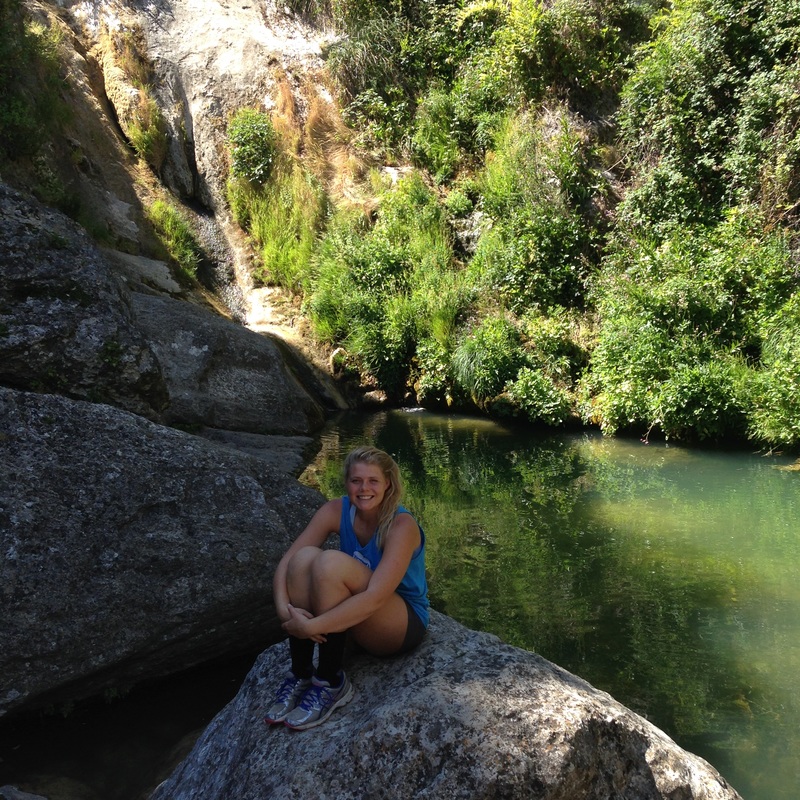

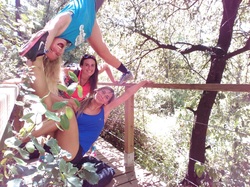

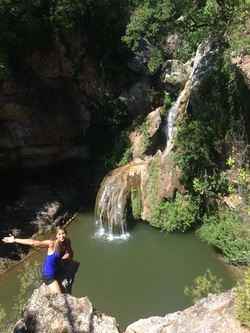
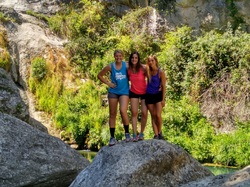
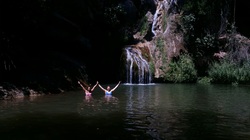

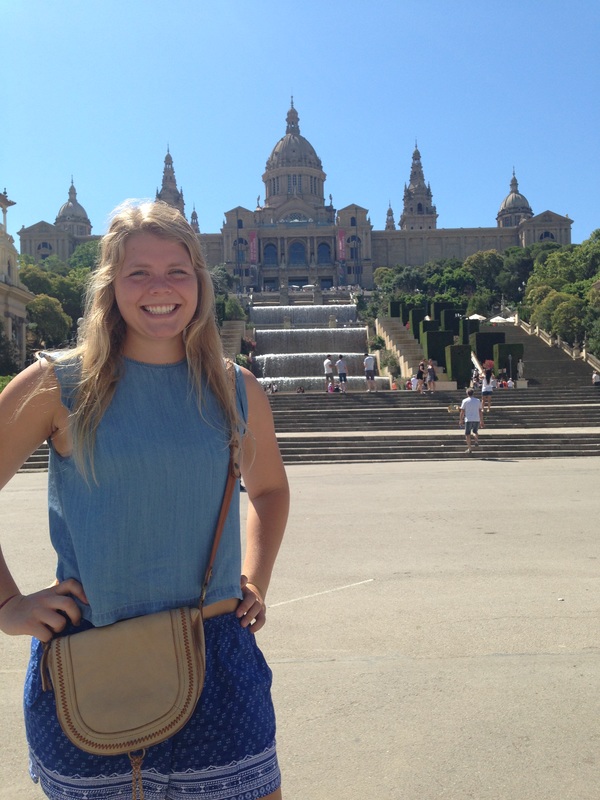




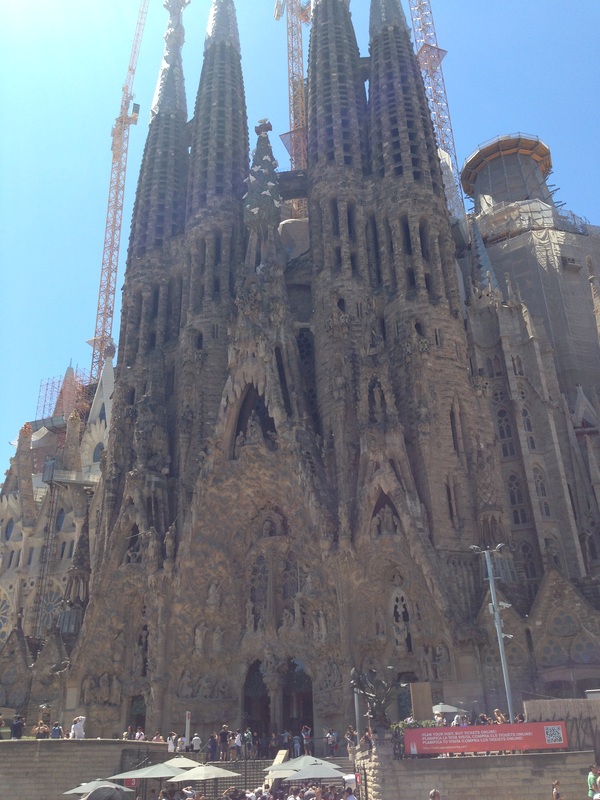
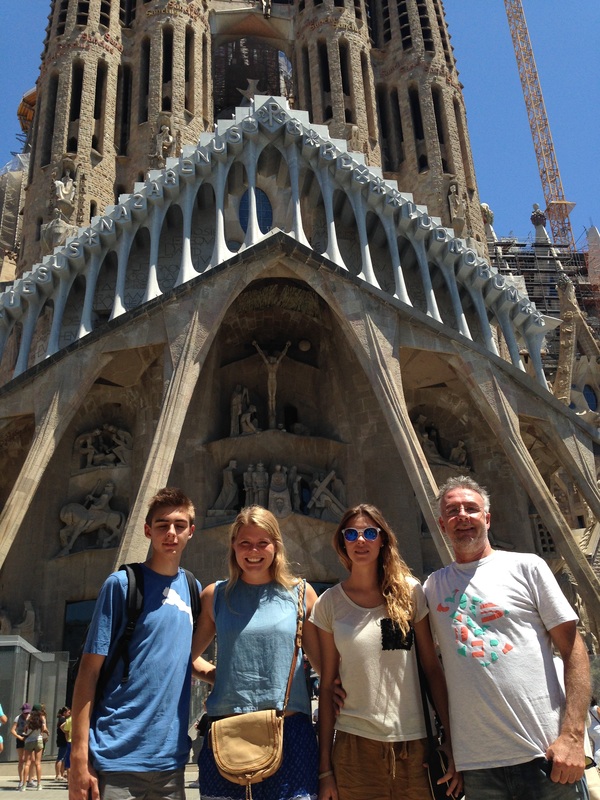
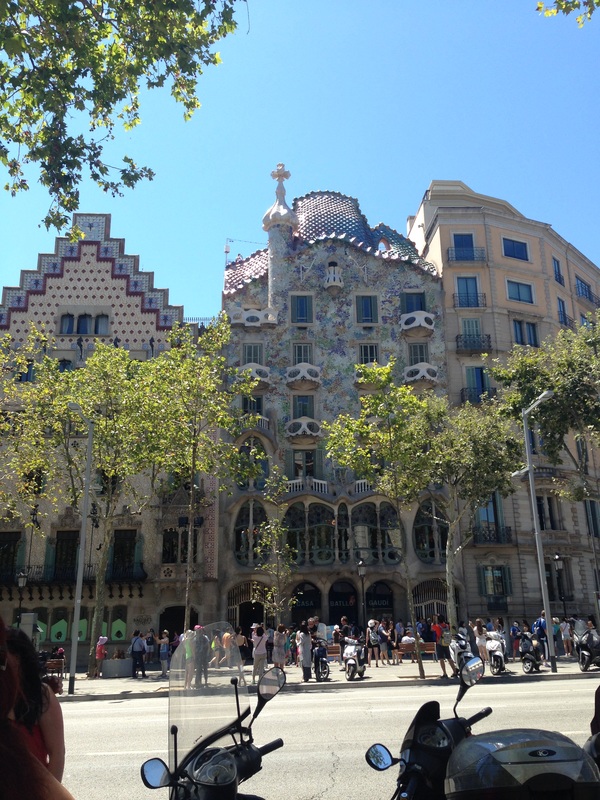
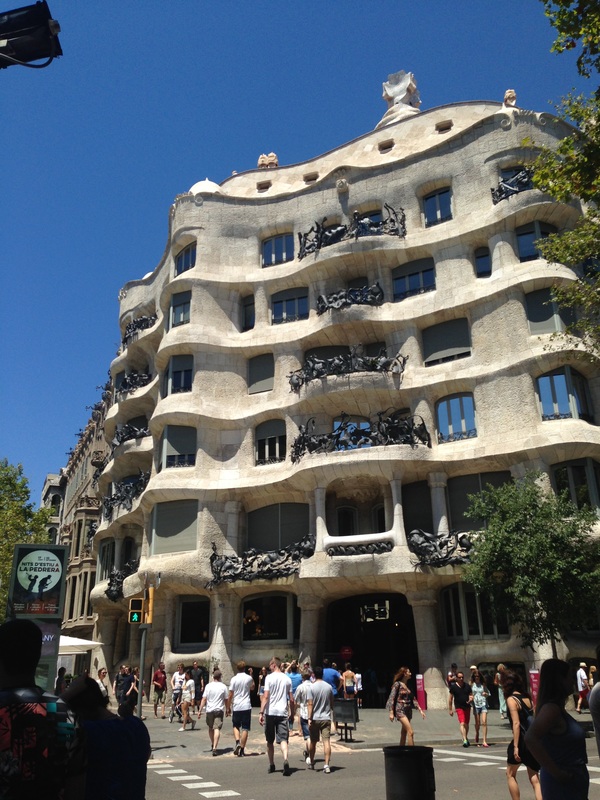
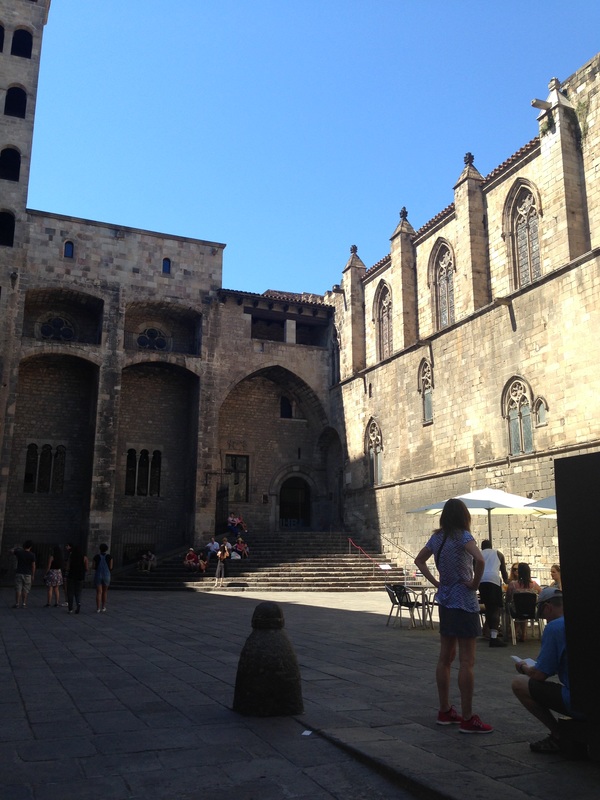
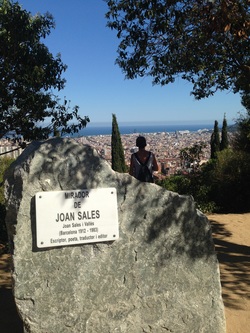
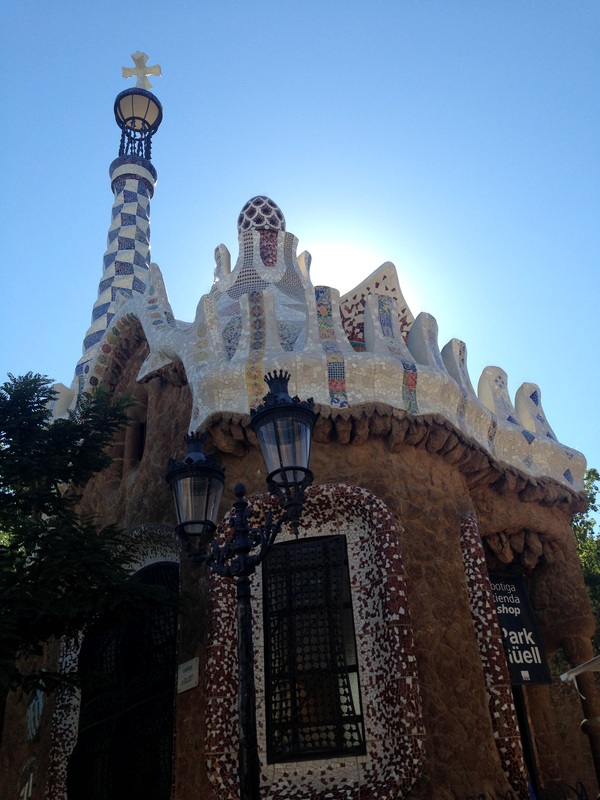
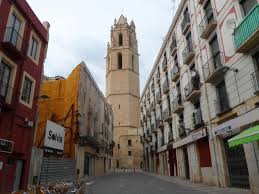

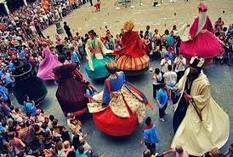


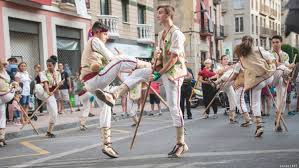





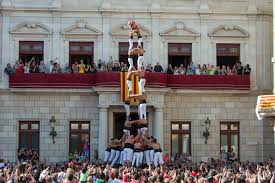

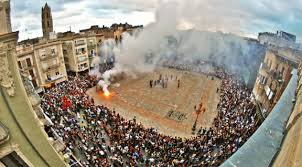
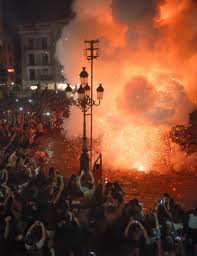



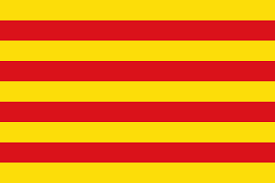

 RSS Feed
RSS Feed



